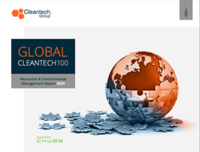We’ve Offset Our Events – Or At Least We Think We Have…
Many of us are back in full swing to conferencing since global lockdowns. We went from hosting sessions in our home offices, to flying all over the world to conference halls and hotels, meeting hundreds of others doing the same. As much as we welcome meeting in person again, it was clear that business-as-usual events had significantly higher emissions that virtual ones.
Keen to address the unavoidable emissions of our events, we decided to investigate offsetting our conferences. This journey has enabled us to – maybe — neutralize Cleantech Group’s events emissions, and certainly learn about emissions monitoring and offsetting industries in the process.
Below is our step-by-step guide and our learnings.
Step 1. Calculating Our Emissions
What We Did:
We first looked at emissions monitoring providers to give us third-party transparency and accuracy from a model that we didn’t have time to build. However, following multiple calls and quotes, we realised we couldn’t afford their services, especially when we received a quote where the emissions monitoring was almost 10 times the cost of the actual offsets. We also found that when we picked a provider who also offered offsets, we didn’t have much choice or flexibility into the project location or type.
To begin calculating emissions ourselves, we had to determine what factors we knew of and had some control over. Although this does not cover all of the emissions that would result from our event, they all are solid figures (besides waste) that we could point to even before the event began.
The table below became the basis of our calculations for carbon emissions.
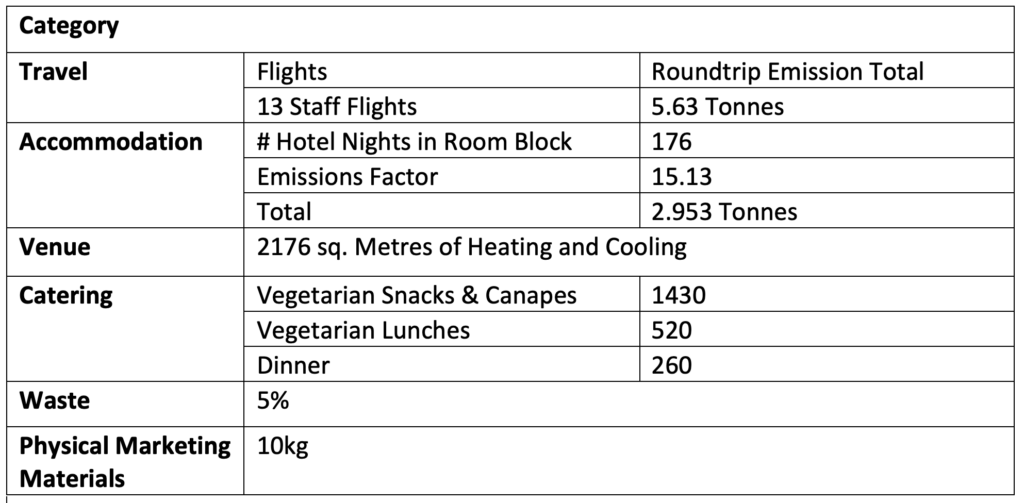
What We Learned:
Innovative tools which now exist, even for SMEs, are not right for our needs. We found they were too expensive, perhaps too high-tech, and inappropriate for our ‘one off’ event emissions. This market is still in its nascency, with most providers founded since 2019. As such, providers have yet to reach economies of scale to offer the low prices SMEs need. Additionally, a major driver for emissions monitoring technologies is mandatory disclosure regulations, which will require large companies (generally over 500 employees) that track and disclose companywide emissions data. The tools which exist at present are largely catered to these large companies.
Step 2. Our 1.5 Overshoot Approach
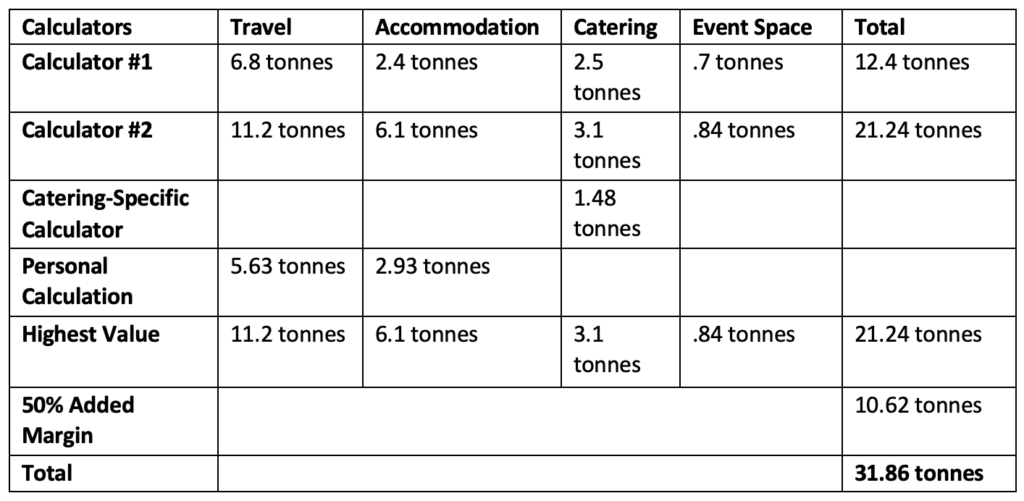
Once we had the relevant figures with a margin of waste, we plugged these numbers into various carbon emissions calculators online. What we found was that these free online calculators gave us results with extreme variances, even though we were plugging in the same initial amounts. To make up for these variations, we chose the highest value quoted for each category, which brought us to 21.24 tonnes. From here, we wanted to ensure we covered any margin of error, so we decided to add an additional 50%, bringing us to 31.86 tonnes total.
While we hope the “1.5 Overshoot Approach” serves to cover our carbon emissions from the event (outside of individual attendee travel), our efforts were limited in a few ways:
- There is a lack of case studies for offsetting on your own, whether it be for your company or events – there are no best practices.
- The free calculators vary drastically in findings, making it hard to guarantee accuracy. We do not know what emission factors they are using to create their calculations.
- Our scope is limited mostly to GHG (greenhouse gas) emissions.
Step 3. Choosing ‘Good Offsets’
Some offsets don’t work, or only work for a short period of time. There is a magnitude of challenges to navigate when choosing where to buy offsets and what projects are effective and high-quality.
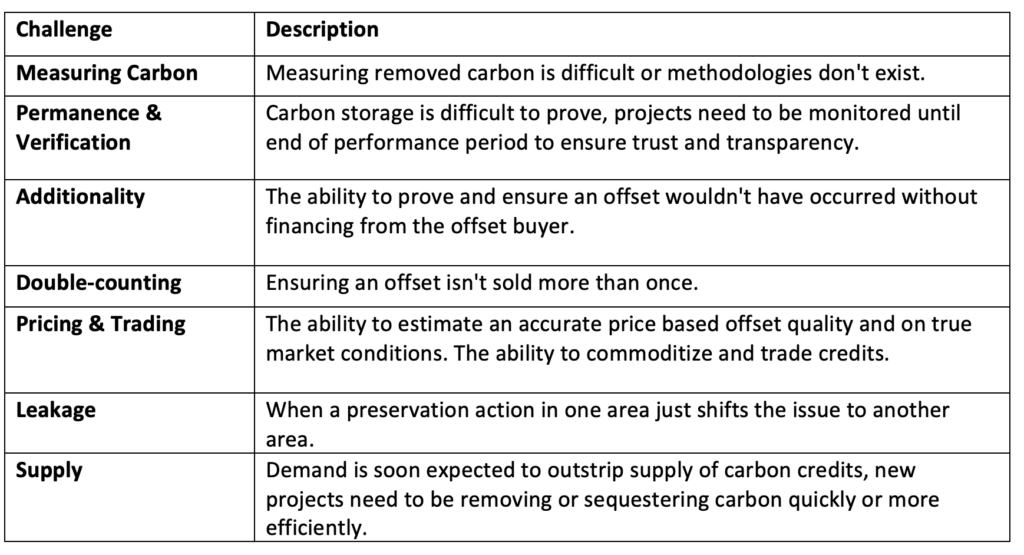
As a result, we decided to
- Use carbon removal credits almost exclusively to avoid complexities around changing additionality.
- Find projects which were certified (e.g., via Verra or Carbon Registry).
- Purchase via a seller we had done our research on and trusted.
There were three challenges with our approach:
- As Cleantech Group, our position should be impartial, so we decided to pick as diverse of a portfolio as possible to not favour any specific provider.
- There weren’t many sellers we could buy from without signing up to a program, subscription, or whom we contacted but didn’t get back to us.
- Very few project producers allowed us to buy directly from them.
What We Learned:
Challenges: The carbon offset market has a magnitude of challenges to navigate. Although we purchased credits which were certified by third-parties, we felt we still needed to apply additional quality controls selecting only removal credits.
Complexity: We had done extensive research previously on providers, challenges and market dynamics so we understood what ‘quality’ meant. This would exclude many corporations who don’t have the time or expertise to undertake this research and quality control, increasing the risk of greenwashing and bad PR for the respective company.
With all of the above, we recognize some of the technology gaps being filled by innovation in this space. With the challenges around quality, we see marketplaces like Puro.Earth providing ratings and further information on the offsets they sell. With the greater complexity in this market, we see why corporates are looking to specialist advisors like South Pole for big orders or they are generating their own projects.
Step 4. Portfolio Scenarios – Why Are We Doing This?
What We Did:
Looking to first offset for Cleantech Forum Asia in October, we put together some example portfolios of offset projects to buy. With the somewhat limited choice, between buying from marketplaces (mostly Patch and Persefoni’s marketplaces) and buying from a provider directly, we followed three themes. We then had to look again at why we were offsetting in the first place.
- Whilst staying as true as possible to the rules above, did we just want to be able to say we had offset and so we would offset at the lowest cost?
- Did we want to impact the location the event was in?
- Or did we want to capitalize on the least explored co-benefit of offsets – funding innovation?
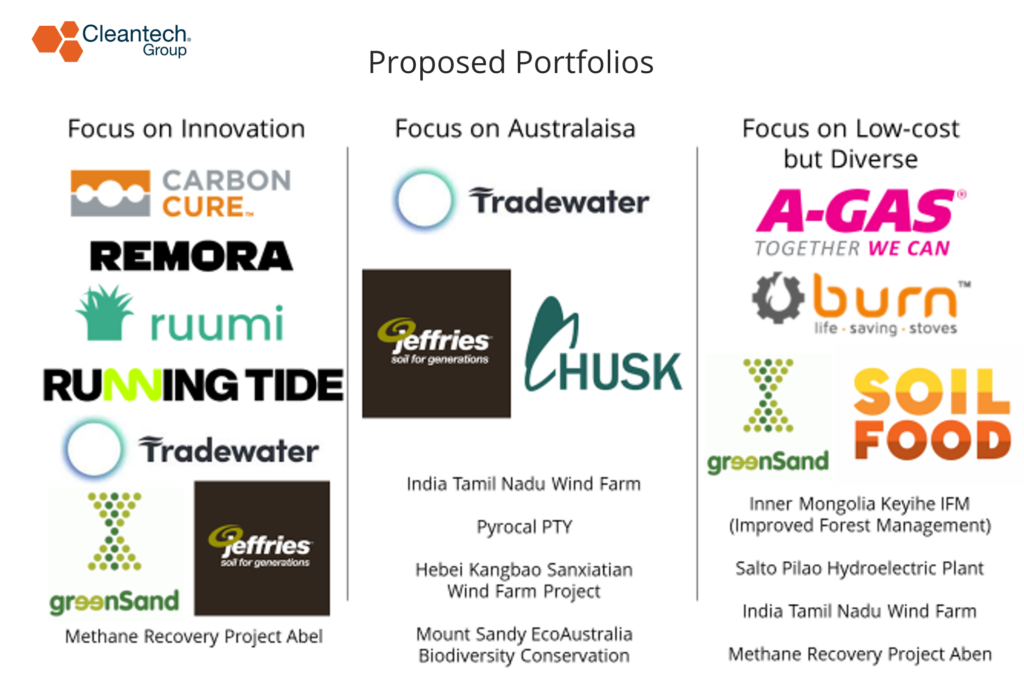
We ended up choosing a hybrid approach of the latter two with the primary focus on innovation. These would be projects where offset funding is helping to scale a new form of carbon removal. This approach meant we would be impacting our community as well as offsetting our event footprint.
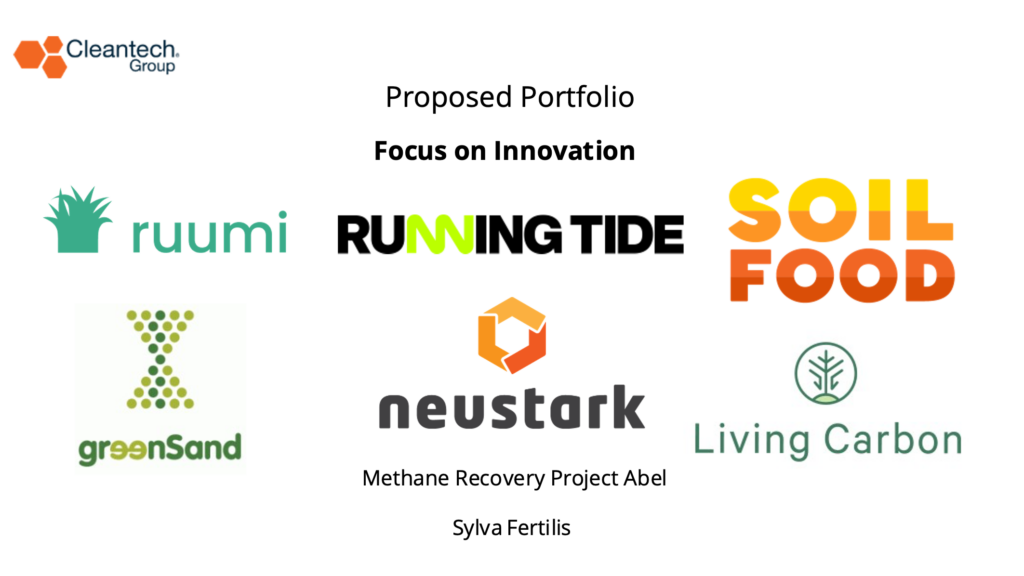
What We Learned:
Selecting the ‘correct’ offset projects was more of an art than a science, with our initial rules sometimes being thrown out in favour of an interesting project which was innovative and in the location of the event but was carbon avoidance.
As impartial and advantageous our project selection approach has been, it does make checking on these projects difficult. With only 1 tonne in some cases, across multiple projects it would be an administrative nightmare to check up on all of these — to check for permanence, co-benefits, or if they even exist!
A lot of this market is currently built on trust, which is in some spaces improving, but in others, transparency is being diluted. For example, when Qatar was awarded to host the FIFA World Cup, they promised the event would be carbon neutral. As of November, Qatar still needs to purchase 3.6 million tonnes of offsets, having only purchased 15% of their goal. Projects are mostly avoidance renewable energy credits with questionable additionality.
Instead of purchasing via established registries, offsets were verified by the recently formed Qatari ‘Global Carbon Council’, leading many to question their legitimacy and transparency as well as the precedent to verify poor quality offsets being sold.
We now know there are certain truths about offsetting:
Projects
- Pricing doesn’t necessarily reflect quality
- There is a lack of information on projects
Buying
- There are often barriers to entry
- There are limited points of sale
- Long fulfillment times often plague offsetting
What’s Next?
This is not a perfect process – we acknowledge that there is much room for improvement. There are some ways for us to better expand this initiative. Some thoughts that come to mind:
- Do we purchase credits post-event so we can cover all attendee travel emissions?
- Should we add an option at registration to allow attendees to contribute to offsetting the event to cover their own emissions?
- How else can we improve?
One way for us to progress is by having a better understanding of our attendees’ own actions. As a part of our registration process, we polled each attendee to see where they were traveling from, their mode of transport and if they were offsetting their own travel. We found the following:
- 82 were using local transportation (bus & car)
- 116 were traveling by train
- 16 were traveling by car
- 137 were flying

To get a more concrete view of what else was being emitted as a result of the event, we focused on carbon emitted from flights to the event and how much was already being offset. What we found was interesting – less than half of the attendees decided to offset their travel. Why is this?
- Do individuals not want to spend extra company money?
- Do they not trust the carbon offsets that the airlines are offering?
- Is offsetting more of a regional norm depending on what country you are in?
- As members of companies working in the sustainable innovation sector, should offsetting company travel be an expected action?
The point of this exercise was not to master carbon offsets on our first try – it was just to try. We wanted to understand how difficult it is for an SME to measure their emissions and offset them on their own. We are here to do our part, no matter how small in the grand scheme of the climate crisis, and it is a work in progress. Stay tuned as we continue to offset our events.
